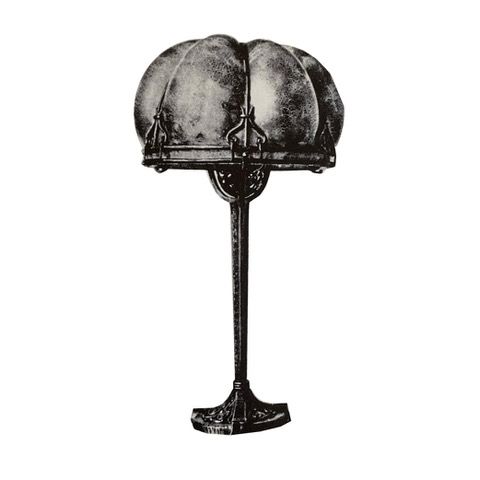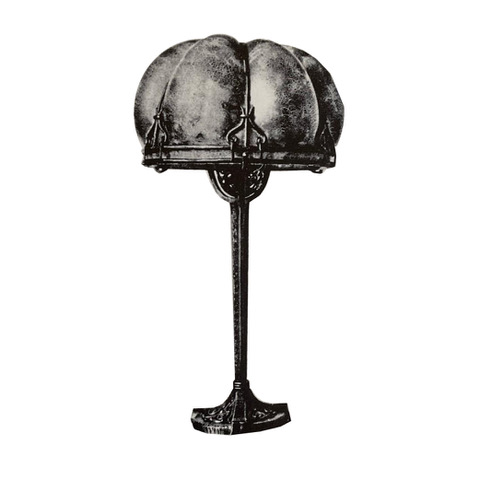Edgar Brandt

(1880-1960)
Edgar Brandt born December 24th 1880 in Paris, France; died May 8th 1960 in Collogne-Bellerive, Switzerland
Iron can be worked with art so that it combines perfectly with architecture and can be designed like wood. The will of the blacksmith shapes it into light leaves and moving bodies and transforms the iron rigidity into graceful liveliness,” wrote Sebastian Mercier in “Tableau de Paris” in 1778. In the 19th century, wrought iron did not enjoy the best reputation. It was only towards the end of the century that it experienced a renaissance thanks to Emile Robert. Although Edgar Brandt surpassed him and became the greatest blacksmith of his time, he was never able to challenge Robert’s reputation as the founder of modern blacksmithing. Brandt used the latest technological advances in the company he built and replaced traditional tools with modern mechanical aids. However, the critic Gabriel Mourey saw this as a restriction on artistic freedom. After the First World War, Edgar Brandt initially resumed his earlier, floral style together with the young architect Henri Favier in his studio near the Porte d’Auteuil. But in the mid-twenties he found a stylized and monumental Art Deco style. Following these new stylistic principles, he designed consoles, railings, grilles, signs, monumental portals, elevator doors and panels. He forged elevator panels for the Selfridges department store in London and the monumental main entrance gate for the International Exhibition in Paris. His lamp production mainly included table lamps, chandeliers and appliques. The metal frames were mostly made of wrought iron, but also of copper or gold bronze. The lampshades were made of blown or cast glass, often made by Daum, or of marble, onyx and Sèvres porcelain (as seen in his own pavilion at the 1925 exhibition). There are even Brandt lamps from 1927 with shades made of pleated fabric. In the catalogs his lamp models are named according to their themes. They are called naturalistically ‘cascades’, ‘daisies’ and ‘lilies’ or allegorically ‘strength’ or ‘boldness’.
Source: Alastair Duncan, Lampen Lüster Leuchter, Jugendstil Art Déco, Prestel-Verlag, München 1979, p.161-62


-
RSA Antiquitäten Wiesbaden
-
Taunusstraße 34
65183 Wiesbaden -
+49 611 5 29 05 70
-
+49 170 7 83 01 13
-
info@antiquitaeten-wiesbaden.de
-
Mondayclosed
-
Tuesday - Friday12 a.m. - 6 p.m.
-
Saturday10 a.m. - 4 p.m.